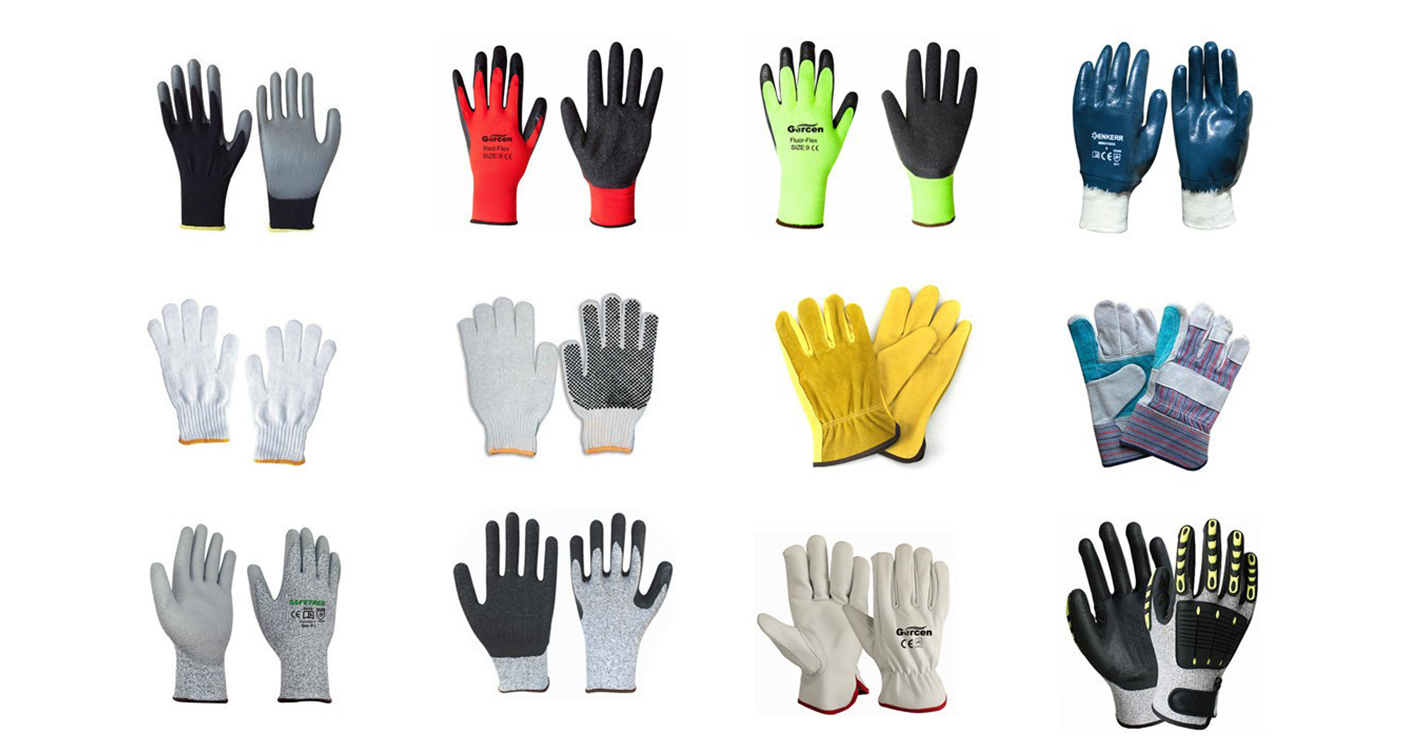|
|
|  | Hand SafetyYour hands are important and irreplaceable tools - protect them so they last a lifetime!
We use our hands for nearly all tasks at work, and thus, they are more susceptible to injury. In fact, hand injuries are one of the leading types of injuries on the job in the United States. To keep your fingers, thumbs, wrists, and palms safe, you must first understand the hazards in your workplace and the necessary methods to control them.
Northwestern statistics
The hands are the most commonly injured body parts here at Northwestern, accounting for 32% of all injuries in 2023. Over the past 10 years, there were 370 injuries related to the hands, 53% of which were because of a cut or puncture, resulting in over 1,000 lost workdays and nearly 3,000 restricted workdays.
If your job requires handling materials or sharp objects, or using hand tools or equipment, ensure you are up-to-date on your biennial hand and pinch point safety training in myHR Learn. | |
|
| Common types of hand injuries
- Punctures, lacerations, and cuts from tool misuse or contact with sharp objects
- Dislocations, fractures, and amputations from contact with pinch points (e.g., gears, belts) or being struck by objects
- Strains and sprains from excessive repetitive motion or using the wrong tool for the job
- Burns from direct contact with a hot surface or a chemical (e.g., acid)
|
|
| Did you know?The Occupational Safety and Health Administration (OSHA) reports that 71% of hand injuries could have been prevented with personal protective equipment (PPE), specifically safety gloves. Yet, 70% of workers don’t wear hand protection, and of those who do, 30% don’t wear the right kind of glove for the task. |
|
| Preventing injuries
To prevent hand injuries, follow the guidelines below to think proactively and anticipate how injuries can occur to ensure you take the necessary precautions.
- If possible, eliminate the hazard by finding ways to keep your hands out of dangerous areas (e.g., use extension tools or shut down equipment).
- Be aware of where your hands are at all times, especially when working with power tools, hot objects, chemicals, energy sources (e.g., steam or electricity), and machinery.
- Replace or remove defective tools and equipment from service, and never operate them without the safety guards.
Gloves
When your hands are exposed to hazards, it's crucial to wear adequate hand protection. Select the appropriate type of gloves based on the task and hazards. For example, wear anti-vibration gloves when using tools like impact drills and cut, puncture, or abrasion-resistant gloves when working with sharp tools or materials (e.g., utility knives, glass). Keep in mind that gloves have various ratings and levels of protection (e.g., A1 is suitable for material handling and general purpose, while A4 is suitable for light glass handling and drywall work). Nitrile gloves are common when working with certain chemicals and oils; however, always consult the safety data sheets (SDSs) or your supervisor to ensure you select the right type of gloves for the task. |
|
|
| Safety at homeOur hands are some of our best tools at home, whether cleaning, cooking, or doing yard work. Follow the tips below to keep you and your family safe.
- Cleaning chemicals (e.g., bleach or drain cleaner) can be harmful to the skin; always read and adhere to the safety precautions, such as wearing rubber gloves and goggles for eye protection
- In the kitchen: Keep knives and other sharp utensils out of reach of children and only use them as intended
- Yard work: To avoid cuts, scrapes, and splinters from sticks and branches, wear durable, puncture-resistant gloves
- Electricity: Install outlet covers to keep children safe from electrical shock
|
|
| Do you want to learn more? |
|
|
|
|



